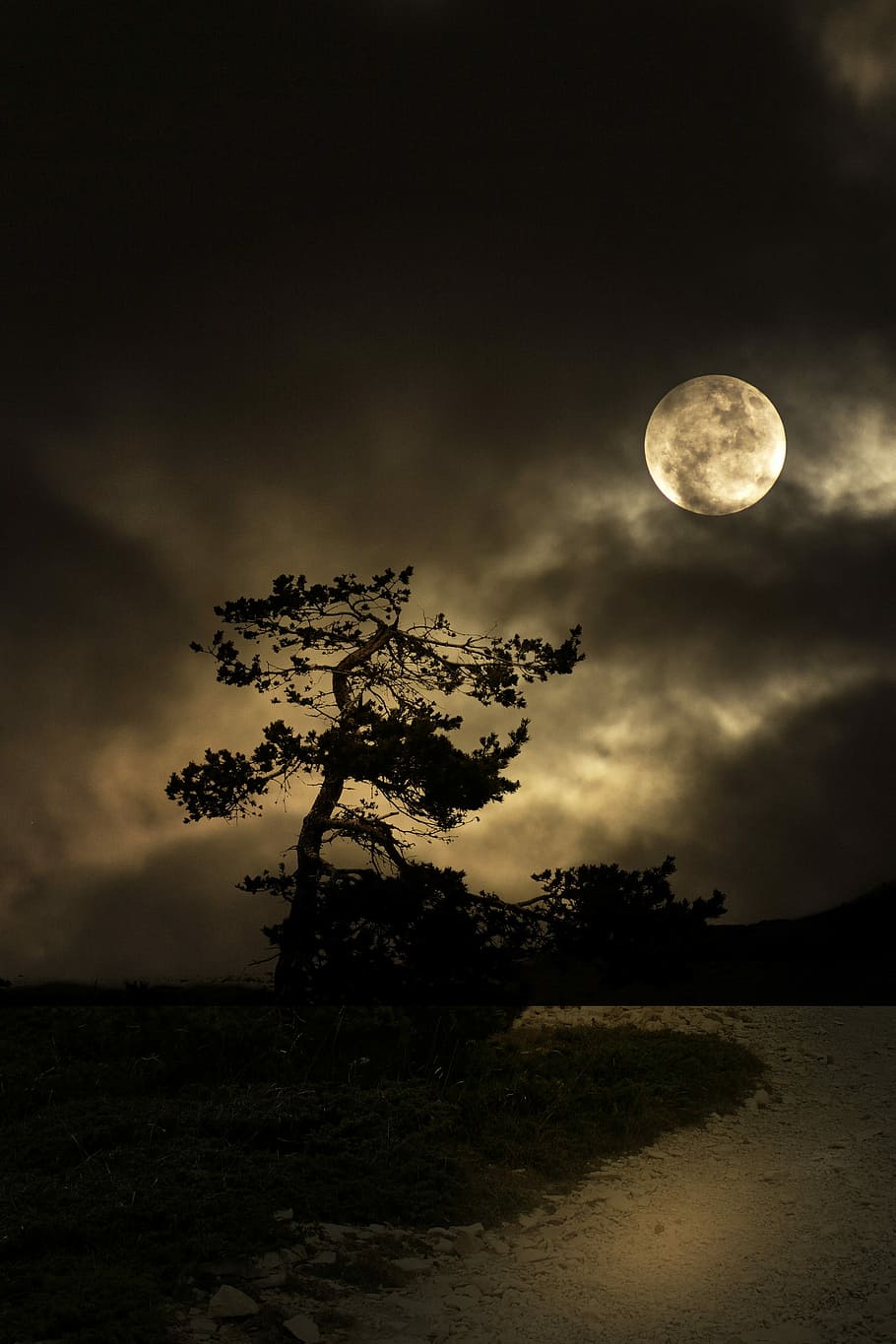NASA and the Forest Service collaborate to provide seedlings for cultivating Artemis ‘moon trees’
In a groundbreaking initiative, NASA and the U.S. Department of Agriculture’s Forest Service are seeking education and community organizations to participate in planting a unique forest of trees on the moon. Inspired by an Apollo astronaut’s efforts, this project aims to cultivate seedlings grown from seeds that were flown around the moon during NASA’s Artemis I mission in 2022.
The Artemis program, which focuses on establishing sustainable means of returning astronauts to the moon’s surface, played an important role in this endeavor. The mission included the transportation of over 1,000 seeds from five different tree species as part of its official flight kit. These seeds were carried 40,000 miles beyond the moon during the 26-day uncrewed test flight.
Bill Nelson, NASA’s Administrator, expressed his enthusiasm for this project, stating that it would inspire the spirit of exploration in communities and serve as a catalyst for the next generation of explorers. By bringing the science and ingenuity of space exploration back down to Earth, NASA’s Artemis moon trees aim to foster a sense of wonder and curiosity in individuals across the country.
Interestingly, the idea of moon trees is not entirely new. In 1971, Stuart Roosa, a former Forest Service smoke jumper and Apollo 14 command module pilot, carried hundreds of tree seeds as part of his personal preference kit during a mission to the moon. Upon their return to Earth, the Forest Service germinated these seeds and planted them in various locations throughout the country. Many of these Apollo moon tree seedlings were planted as part of the U.S. bicentennial celebration in 1976.
Now, NASA hopes to create a new generation of moon trees that will continue the legacy of inspiration set forth by Roosa over 50 years ago. The seeds that traveled an impressive distance of 270,000 miles from Earth on the Artemis I Orion spacecraft included sycamores, sweetgums, Douglas-firs, loblolly pines, and giant sequoias. Under the careful watch of the Forest Service, these seeds were germinated and grown into seedlings, ready to take on their roles as Artemis moon trees.
Randy Moore, the Forest Service chief, emphasized the symbolism behind these moon trees, noting that they serve as a powerful reminder of humanity’s ability to achieve great things when focused on a common objective. He believes that they will inspire future generations of scientists and researchers, whose work is fundamental to the Forest Service’s mission.
Schools, libraries, museums, and other organizations involved in education and public engagement are encouraged to apply for a moon tree seedling through NASA’s Artifact Module. Eligible institutions include K-12-serving organizations, universities, community organizations, science centers, and government agencies. The application period is open until October 6.
NASA and the Forest Service will review the applications to determine the suitability of each organization to successfully host a seedling. Based on the geographical region within the contiguous United States, the Forest Service will identify the appropriate species of seedlings for selected recipients. Distribution of the seedlings is scheduled for 2023 and 2024.
By planting Artemis moon trees, NASA aims to create new avenues for communities across the country to connect with humanity’s exploration of space. This ambitious project not only symbolizes our collective achievements but also serves as a reminder of the boundless possibilities that lie ahead.
